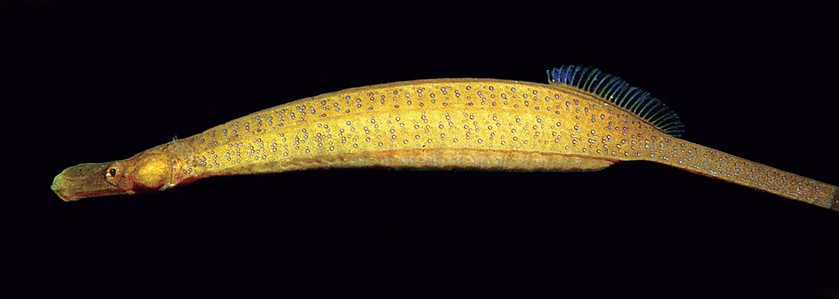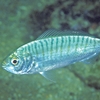General Description
Body long, slender; snout deep with a median crest; tail fin very small, rounded. Males brood eggs on the underside of the tail just behind the tiny anal fin. Adult females are deeper bodied than males. Light tan to dark brown with small brown spots and dark margined ocelli. Adult males plain brown or with irregular pale streaks and blotches on side. To 25 cm.
Biology
This endemic species is sometimes shelters amongst decaying eelgrass leaves on sand flats.
Habitat
Usually lin sandy areas, near rocks, seagrass or algal beds, in depths of 0-23 m.
Reefs
Soft substrates
Seagrass meadows
Distribution guide
South-eastern Australia.
Species Group
Fishes › Seahorses, pipefish and allies
Depth
Shore (0-1 m)
Shallow (1-30 m)
Water Column
Max Size
25 cm
Commercial Species
No
Global Dispersal
Native to Australia
Identify
Conservation Status
- DSE Advisory List : Not listed
- EPBC Act 1999 : Not listed
- IUCN Red List : Not listed
- Fisheries Act 1995 : Protected Aquatic Biota






